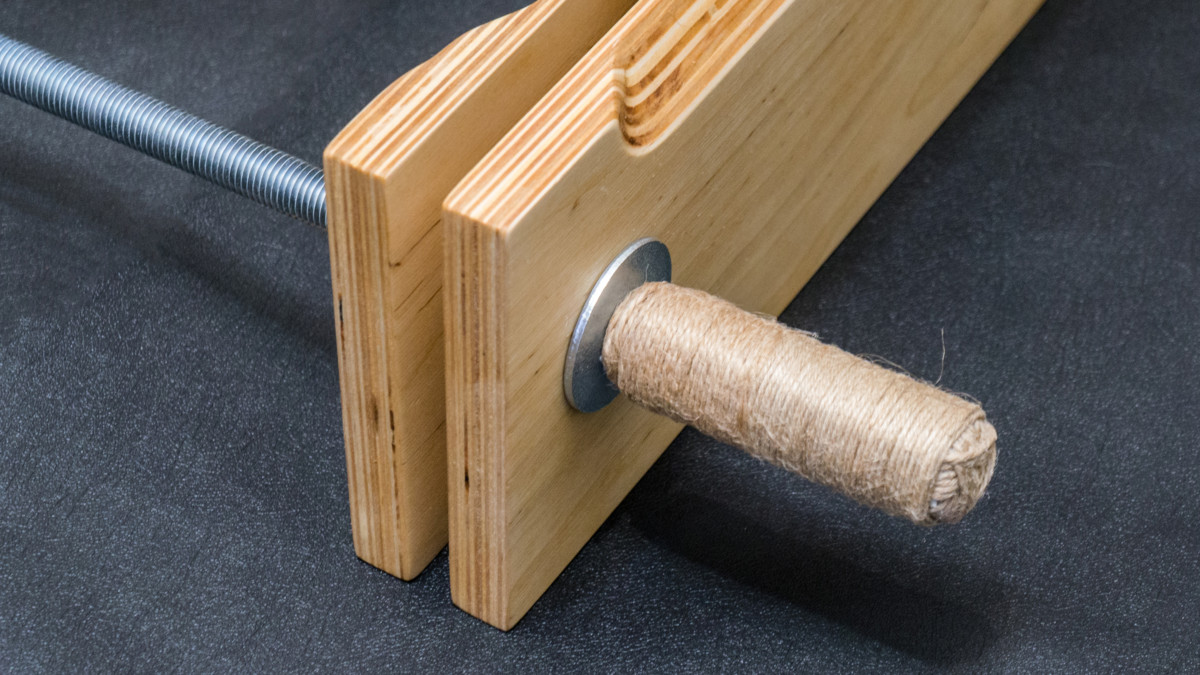Updated Version of the Small Press for Bookbinding
Besides making books and teaching, bookbinding tools are one of my passions. Ten years ago, I’ve made my first presses, sewing frames and wooden folders. That happened almost simultaneously with binding my first book.
My carpentry-meets-bookbinding experience had a passed through a vigorous revival period in 2015. I’ve started my own bookbinding courses then and decided to make a set of simple tools (including a sewing frame) for each of my students. I don’t think it would be a mistake to say that I’ve made more than a hundred sewing frames since that moment.
Making bookbinding tools is always an evolutionary process for me. I learn new carpentry tricks, acquire new power tools and invent new small improvements to the tools I am already selling at my Etsy store.
That’s exactly what happened with my Small Press. That’s a really primitive structure comprised of two boards, two thick steel rods and several large nuts. You need pliers to tighten that press, which is not very convenient. However, this allows lowering the price of the tool while keeping it durable and with high grip strength.
For some time now, I have two larger presses to offer. They have two nuts embedded in one of the cheeks. That allows the press to be tightened with handles only. Exactly like the traditional presses with wooden rods. To accommodate a wooden rod you have to make screw threads inside one of the cheeks. It is possible to do the same for the steel rod, but I wanted to find some other solution. And it happened to be embedded steel nuts!
One of the parameters that influences the final price is time spent on producing each tool. Usually materials are not as expensive as labor (it is often the same with bookbinding). If I decided to make the Small Press similar to the Large Press, it wouldn’t be much cheaper. The main difference would be the price of four additional 2-cantimeter-thick plywood boards. Therefore, I had to make my work more effective without losing structural quality of the press.
Recently, I had to fulfill several orders on Simple Presses and I’ve decided to offer my clients a free upgrade. This gave me a chance to save my time working several similar projects at once and, at the same moment, experiment a bit with a new structure.
Here is my new Simple Press #3. Of course, it is not strong as the Large Press. However, it is cheap, strong enough and convenient in use.
Hope to receive some reviews from my clients and some input from the community on how to improve the structure.
That’s how the flange nuts are fixed inside one of the cheeks:
Please Support us on Patreon!

Moreover, starting with the pledge level of $3, you will get a digitized vintage book about bookbinding, book history, or book arts each month from us!
These pledges help iBookBinding to continue its work and bring more information about bookbinding and book arts to you!














